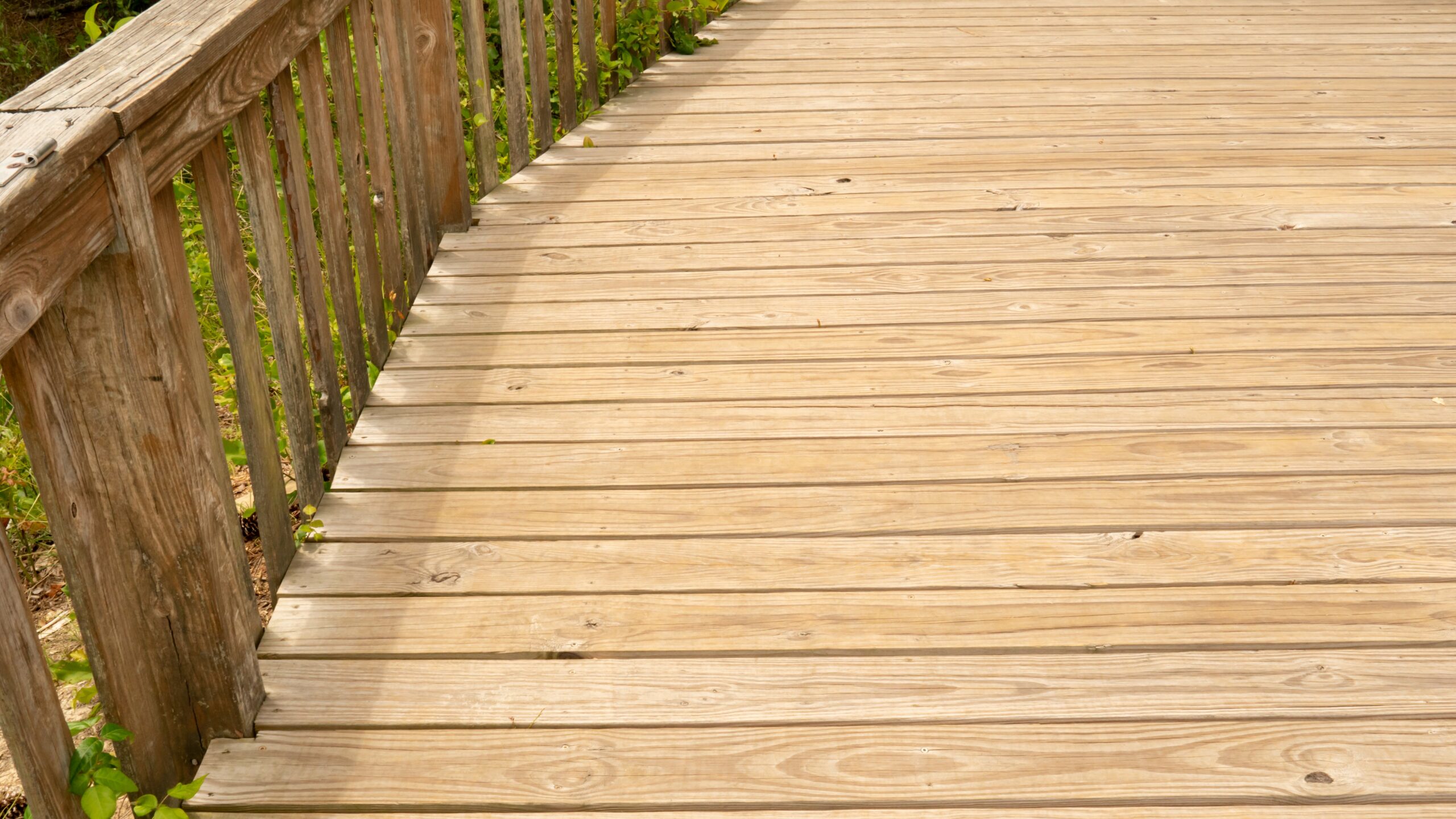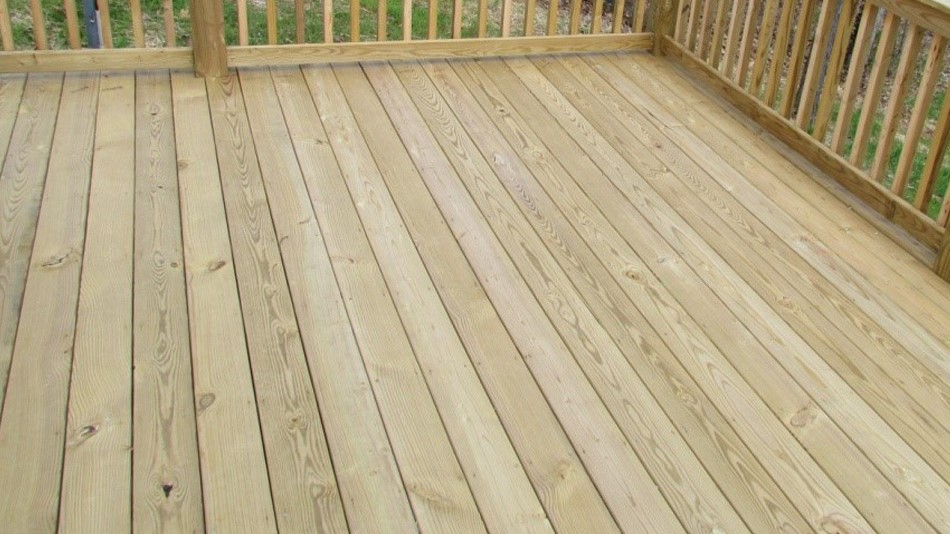Pressure-treated wood is a lifesaver for DIYing a deck or personalizing a garden bed. Wood treated with copper or salt benefits outdoor projects as it halts rotting, repels insects, extends the lumber's lifespan, and avoids water damage. But, like any material, there are places where it works well or not. (Related: Different Decking Materials And How Much They Cost)
Pressure-treated wood is suitable for projects where wood encounters moisture above or below ground, such as decking or fence posts. Treatment helps wood avoid water damage, mold, and insects. It should be avoided indoors, in food-safe and aquatic sites, as chemicals can leach into its surroundings.
Manufacturers treat wood in a variety of ways for different outcomes. You should choose pressure-treated wood carefully based on the treatment, grade, and how you intend to use it. This wood can be 2-3 times more expensive than regular wood, so that a wise choice will be kind to your bank account.

When to Use Pressure–Treated Wood
Wood is organic matter; it grows and dies. Looking into a forest, you might see how dead trees have weathered down and become homes to new plants and animals. Using natural wood for any project exposed to the elements is risky. Pressure-treated wood exists to obstruct the natural decay of lumber.
The chemicals used when treating wood repel wood-gnawing buys, such as termites or carpenter ants, and ensure a lifespan of 10-40 years, depending on the treatment type. These treatments make it perfect to use in high-moisture areas.
Where to use pressure-treated wood
Pressure-treated wood should mainly be used outside and will weather well below and above ground. However, two variations in treatment determine the lumber's ability to withstand natural conditions.
Above-ground treatment requires the wood to be no less than 6" above ground level. It ensures a lifespan of roughly ten years. This treatment suits fence slats, railings, deck boards, and framing lumber.
Manufacturers treat some lumber for ground contact; this means it can withstand the constant moisture and pressure of below-ground conditions. Despite treatment for below-ground conditions, you can use it above or below ground, and it is perfect for garden beds, posts, framing, and anywhere it might be difficult to replace. This treatment is thorough and expensive, but the lumber will last up to 40 years.

When to Avoid Pressure–Treated Wood
The same treatment that extends lumber's lifespan so spectacularly also makes it unsuitable in some places where we most want to use it. Some treatments contain harmful chemicals to humans and animals and may leach into their surroundings over time.
free guide
12 MODERN CURB APPEAL IDEAS
Leaching can be harmful, so buyers must be careful and consider their needs when choosing the correct pressure-treated wood for a project.
Beyond the chemical disadvantage, treated wood takes a long time to dry. Because of this, it is usually still drying when bought from the hardwood store. As a result, the wood may still warp and shrink after it is acquired. This shrinkage makes it unsuitable for finer work.
Where not to use pressure-treated wood
Pressure-treated lumber is tough to paint as the paint may not penetrate the wood due to the swelling during treatment. Sealing is essential to stave off leaching and extend the life of your treated wood. Provided you wait an extended time for the wood to dry, a transparent stain is your best option.
Safety Measures When Working with Pressure–Treated Wood
Consider the following precautionary steps to ensure your project is completed correctly and with minimal damage. Safety measures to take when working with pressure-treated wood:
Types of Pressure–Treated Wood
Previously, manufacturers used arsenic treatments on wood. While effective, this proved very hazardous. After discovering its harmful nature, manufacturers put in the effort to change the treatments to have lower environmental impact. This change resulted in various new wood treatment options that rely on natural ingredients and have lower toxicity.
Low-toxicity wood solvents for residential use:
Other wood treatments exist, some only available for commercial use, and others too dangerous for casual consumption. Whatever treatment you find best, make sure to check that the wood is top-quality.
Wood grade is the lumber's cosmetic appearance.
Final Thoughts
Treated wood is versatile and highly beneficial. Despite its steep price, buying pressure-treated wood is a long-term investment to ensure beautiful woodwork for decades, free of mold and insect infestations. However, pressure-treated wood naturally has disadvantages, too.
Pressure treatments may contain harmful chemicals that are not suited to the application you are considering. Thankfully, several treatments allow you to choose the one that best suits your application. (Related: Understanding Roof Decking: Types, Replacement & More)

